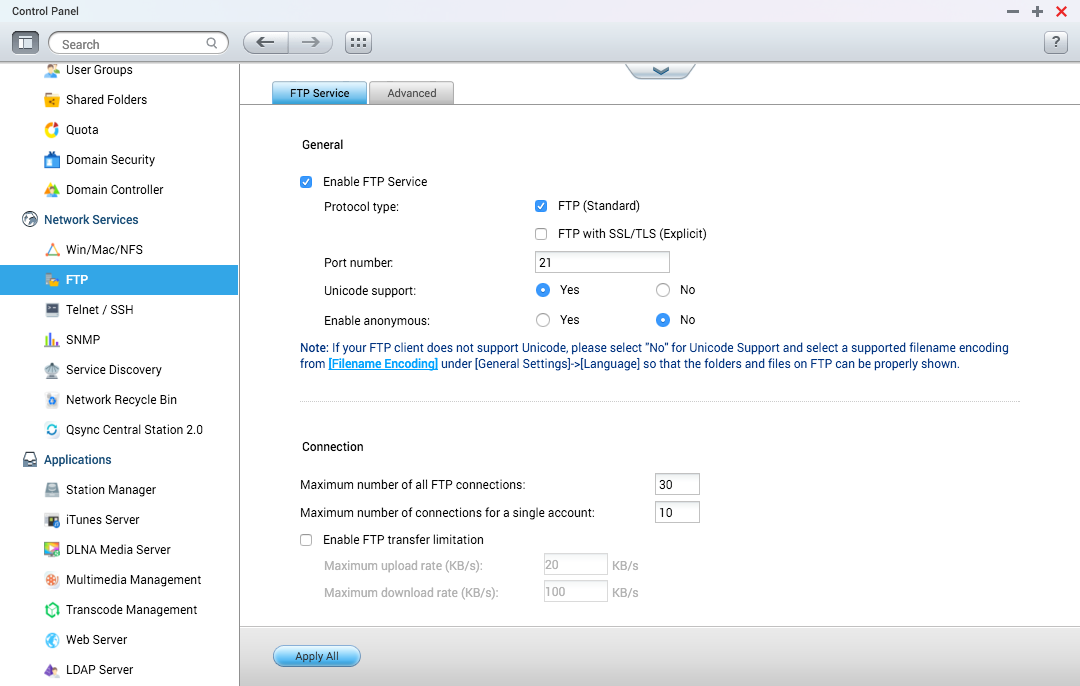This instruction applies for all QNAP NAS devices that run the QNAP firmware 4.2 or higher. For other firmware versions the screens may be different.
“qnap” RSS Feed. 33: Helios64 Review December 4th, 2020 43 mins 57 secs arm nas, armbian, dsm, helios64, kobol, photosync app, qnap, self-hosted, self-hosting podcast, synology, ubuntu Alex puts the fantastic-looking, ARM-powered NAS known as the Helios64 to. This product is the ‘PhotoSync Bundle Add-On’ Activation License of PhotoSync. Once purchased, you can add all PhotoSync Autotransfer, NAS and Cloud capabilities to the free PhotoSync version.PRICE SAVER. BUY PHOTOSYNC BUNDLE ADD-ON AND SAVE 25% ★ Over 10,000 positive reviews, thousands of happy users and millions of photo transfers. QNAP NAS brings the ultimate home theater experience right into your living room. Connect your NAS to your HDTV with HDMI., install HD Station, and instantly watch your movies, play your music and browse the web using the included QNAP remote control. or on a mobile device using the QRemote app. QNAP is also a full media center with DLNA support.
To use PhotoSync with a QNAP NAS, you need to configure the NAS for FTP access first.
Photosync App Qnap
Connect to your QNAP device with a web browser, log in to the administration interface and open the Control Panel. If you don't know the IP address of your QNAP device yet (which you should to connect via web browser) you can see it in the Network settings under System Settings.
Make sure that you have a least one user defined to grant access to your QNAP device. If not, please go to Users in the Privilege Settings to create a new user. You user needs write access to at least one shared folder. To open the shared folder permissions, please click on the Edit Shared Folder Permission button next to the user name.
In the shared folder permissions window please check the RW (Read/Write) permission for at least one of your shared folders to grant the user write access to the shared folder.
If you want to create additional shared folders, you can do this in the Shared Folders setting in the Privilege Settings.
FTP access
Finally to use your shared folders with your QNAP users for file transfers, you need to enable FTP service (file transfer protocol) in the FTP settings in Network Services. PhotoSync also supports encrypted FTP with SSL/TLS (FTPS), so you may want to enable this option too. We recommend to enable Unicode support for your FTP service. PhotoSync by default uses Unicode for the file and folder names.
Photosync Qnap
Apply all your changes and connect your QNAP with PhotoSync using FTP: Open the PhotoSync settings, choose Configure > FTP and create a FTP connection with the following configuration values. Born on a blue day.
| Server | IP address of your QNAP NAS, in this example 192.168.178.10 |
| Port | Port number of your FTP service, in this example 21 |
| Login | Username of your QNAP user, e.g. photosync |
| Password | Password of your QNAP user |
| Directory | leave empty, can be selected later in the target folder settings |
| FTP Mode | Automatic |
Tap on Done to initiate the connection. Use the FTP target you created to transfer photos to your QNAP NAS or to browse and retrieve photos from your QNAP NAS.





